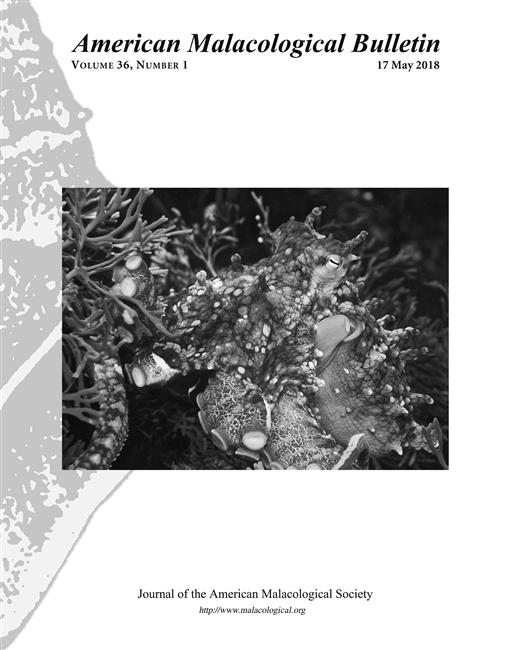In many species, the difference between pigmented and non-pigmented individuals is due to a single recessive Mendelian gene. We have demonstrated that this is also the case in the freshwater hermaphroditic snail, Planorbella trivolvis (Say, 1817), and established an albino population with comparable genetic background to a wild population so that pigmentation can be used as a visible genetic marker to better understand the reproductive biology of these mollusks. We carried out Mendelian crosses between albino (A) individuals from an inbred laboratory strain and pigmented (P) individuals one generation removed from a natural population and assessed pigmentation of progeny from eggs collected immediately after mating and 11 weeks later. Results of parental, F1, and F2 generations and backcrosses to pure-breeding albinos were consistent with a Mendelian single gene inheritance pattern. Because we never observed albino progeny from any albino snails mated to pigmented sperm donors, we also confirmed that selfing is rare in P. trivolvis. A simple non-invasive paternity marker in this unusual hermaphrodite snail that displays almost no self-fertilization will facilitate experiments to understand its reproductive biology and provide a more complete picture of hermaphrodite mating strategies.
How to translate text using browser tools
1 May 2018
The Genetic Basis of Albinism in the Hermaphroditic Freshwater Snail Planorbella trivolvis
Cynthia G. Norton,
Angela F. Johnson,
Betsy M. Nelson
ACCESS THE FULL ARTICLE

American Malacological Bulletin
Vol. 36 • No. 1
May 2018
Vol. 36 • No. 1
May 2018




